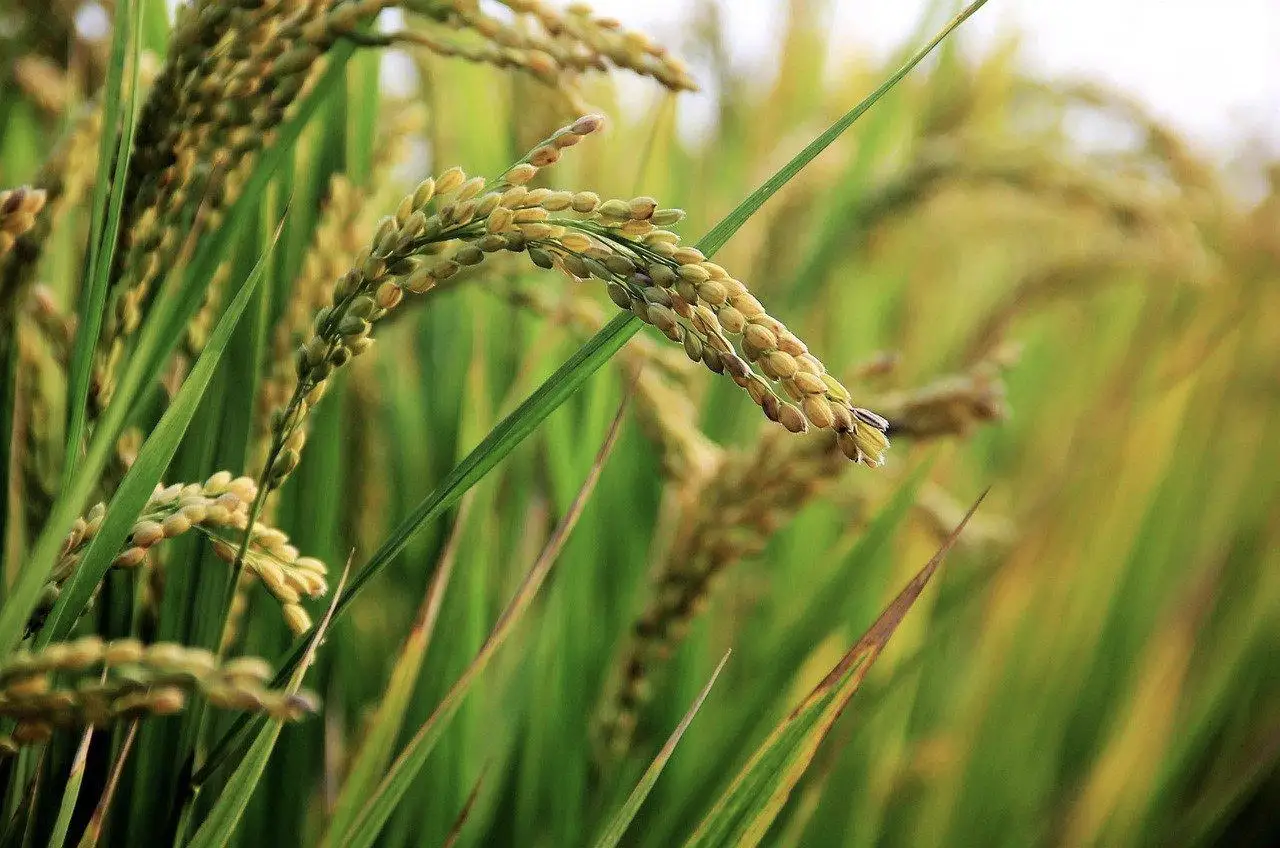A recent study from the Institute of Botany of the Chinese Academy of Sciences (CAS) (Prof. CHONG Kang’s group) has revealed a novel cold domesticated repair mechanism for DNA damage in rice, providing corresponding elite modules for the improvement of chilling tolerance trait in rice with the codon repeats at a single site.
Global climate change has led to a clear increase in abnormal environmental temperatures and extreme weather events in recent years. Thus, it is urgent that crops have the capacity to endure extreme temperatures in order to ensure stable yields. Although plants have evolved complicated and delicate protective mechanisms to survive chilling stress, DNA damage still occurs, thus lowering plants’ defenses. Furthermore, the underlying regulatory mechanism has been largely unclear.
In this study, Prof. CHONG’s group, in cooperation with Prof. LI Qizhai’s group from the Academy of Mathematics and Systems Science of CAS, and Prof. CHENG Zhukuan’s group from the Institute of Genetics and Developmental Biology of CAS, used an approach that combines population genetics, genomics, and cell and evolutionary biology to exploit the novel module for chilling tolerance.
The researchers performed data-merging genome-wide association studies (DM-GWAS) based on multidimensional scaling. A series of loci were identified by GWAS using merged phenotypic data. One of these was qCTS11-1 on chromosome 11, which makes a clear contribution to rice chilling tolerance. Its major gene, COLD11, was identified with fine-scale mapping. Loss-of-function mutations of COLD11 caused reduced chilling tolerance, according to the researchers.
Different types of GCG codon repeats encoding alanine in the first exon of COLD11 were observed for chilling-sensitive indica varieties and chilling-tolerant japonica varieties. The GCG codon repeat numbers had a clear, positive correlation with chilling tolerance. In addition, genome evolution analysis of representative rice germplasms suggested that numerous GCG sequence repeats were subjected to strong domestication selection during the northern expansion of rice planting.
Furthermore, COLD11 encodes a DNA repair protein that plays an essential role in the repair of DNA double-strand breaks. The GCG repeat numbers in its first exon showed a positive correlation with its biochemical activity. This is the first report of a domestication-selected DNA damage repair mechanism and its corresponding elite modules involving chilling stress.
Using DM-GWAS of japonica and indica—two rice subspecies with substantial divergence in chilling tolerance—this study reveals that COLD11 is a major quantitative trait loci gene for chilling tolerance.
The discovery of the key codon repeats in the first exon of COLD11, confirmed by phylogenetic and geographic distribution analysis, opens the way for fine regulation of rice chilling tolerance with a single site. It is a potentially useful molecular module for improving the chilling tolerance trait in rice through molecular design.
Read the paper: Science Advances
Article source: Institute of Botany, Chinese Academy of Sciences
Image: Rice field. Credit: Pixabay






